Did you know knee injuries in dogs are one of the most common reasons they visit the vet for leg problems? From awkward landings during fetch to racing after squirrels, dogs put a lot of strain on their knees. The most frequent issue is a torn cranial cruciate ligament, which can lead to limping, soreness, or trouble standing.
Some pups shake it off, but others need real help getting back on their paws. Curious how to catch the signs early and help your pup bounce back stronger? Let's get into it.
What Is a Dog Knee Injury?

A dog knee injury happens when something in the knee joint gets strained, torn, or swollen. It's one of the most common injuries seen in active dogs, especially when the cranial cruciate ligament (CCL), also known as the anterior cruciate ligament (ACL), is involved.
Some pups limp. Others hold up their affected leg completely. You might notice your dog struggles to sit or stand the way they used to. These injuries can sneak up suddenly or develop slowly over time, especially in larger dogs.
Basic Anatomy of a Dog's Knee Joint
The stifle joint, or a dog’s knee joint, links the thigh bone with the shin bone. Inside, two cruciate ligaments cross like an X and help keep the knee stable. These ligaments act like ropes that hold the joint steady when a dog walks, runs, or jumps. The knee cap sits up front and moves smoothly with the leg. When any part gets damaged, the normal function goes out the window. That's when problems begin.
Common Types of Knee Injuries in Dogs
Knee problems in dogs show up in many different ways. Some are quick and painful. Others creep up slowly and change how your dog moves.
- Cranial Cruciate Ligament Rupture. A Cranial Cruciate Rupture is the most common knee injury in dogs. A ruptured ligament is when the ligament tears, either partially or fully, and the knee loses stability. Most dogs limp, favor the injured leg, or have trouble standing.
- Luxating Patella. The knee cap slips out of place. This causes sudden lameness, skipping steps, or an odd "hop." It's especially common in smaller dog breeds but can show up in any size pup.
- Meniscal Tear. The meniscus is a layer of cartilage that acts like a shock absorber inside the knee joint. A tear here adds soreness and limits movement. It often happens alongside a torn cruciate ligament.
- Joint Sprains and Soft Tissue Strains. Not every injury involves a torn ligament. Sometimes, the tissue around the knee gets overstretched. These sprains still cause stiffness and make dogs reluctant to put weight on the leg.
What Causes Knee Injuries in Dogs?
Knee injuries in dogs can come from all kinds of surprises—some quick, some slow. From rowdy play to wear and tear over time, different factors can lead to problems in the knee joint. Let's break it down so you know what to watch for.
High-Impact Play or Accidents
Dogs love to run, jump, and twist in midair, especially active dogs with endless energy. But those sharp turns and sudden stops can lead to a torn ligament or a cranial cruciate ligament rupture. A chase gone wrong or a slippery floor can push the knee joint past its limit. When that happens, the affected leg may buckle or go limp, and your pup might not want to bear weight at all.
Breed Predisposition and Age-Related Wear
Some breeds are naturally more prone to knee injuries due to their size or body structure. Larger dogs like Labrador Retrievers and the Chesapeake Bay Retriever often deal with cruciate ligament disease as they age. Over time, the two cruciate ligaments can weaken or fray from chronic degeneration. This kind of slow wear can sneak up without an obvious injury. Older dogs or those with joint effusion or cartilage disease are especially at risk for a torn ligament.
Signs Your Dog May Have a Knee Injury
Dogs don't fake it when something feels off. If your pup avoids using one leg, struggles to sit, or just seems off-balance, they might be dealing with a knee injury. Let's look at the clues that something's going on in your dog's knee.
Limping, Stiffness, or Favoring a Leg
If your dog limps or keeps shifting weight off one leg, it could be a sign of a torn ligament or cruciate ligament injury. Most dogs with a knee problem will change how they move to avoid significant pain. This is especially common with a cruciate rupture in the affected leg. It might start off looking minor but often gets worse without care.
Swelling or Difficulty Sitting or Standing
Look closely at the knee joint. If there's puffiness or your dog struggles to sit squarely, the issue might be a cranial cruciate ligament rupture. Swelling and soreness around the stifle joint often come with joint effusion or even a torn acl. Dogs with this kind of injury may hesitate before standing or shift their weight to avoid using the injured leg.
Diagnosing a Dog Knee Injury
A dog's knee is a hardworking joint, but it is not always easy to tell what is going wrong inside it. Getting the right diagnosis early can make all the difference in how well your pup heals. Let's break it down step by step.
When to See a Vet
If your dog limps for more than a day or seems uncomfortable, it is time to call the vet. Knee injuries in dogs are not always obvious at first, but a torn ligament or cruciate ligament injury can get worse fast. These signs usually mean your dog needs help soon:
- Holding up the affected leg and refusing to bear weight
- Sitting sideways or struggling to sit at all
- Swelling around the knee joint or stifle joint
- A clicking sound when your dog walks
- Sudden hind limb lameness after jumping or playing
What to Expect During the Exam
At the clinic, your vet will gently move your dog's knee to test for joint stability. They will check for signs of a cruciate rupture or a torn ligament. If needed, X-rays help rule out other knee problems like a ruptured cranial cruciate ligament or even cartilage disease.
Treatment Options for Knee Injuries in Dogs
When it comes to helping dogs heal, there is no one-size-fits-all fix. The right treatment depends on the type of injury, the dog's age, and how bad the damage is. A torn ligament in a young, active dog might need surgical repair, while a milder injury in an older dog could improve with therapy and home care.
Let's look at what recovery might include, from surgery to simple changes at home.
Rest, Physical Therapy, and Surgery
Some dogs recover with rest and physical therapy alone, especially if the ligament injury is mild or caught early. More serious damage, like a cranial cruciate ligament rupture, often requires a surgical procedure to stabilize the joint and allow for proper healing.
If they require surgery, options like tibial plateau leveling osteotomy or tibial tuberosity advancement work by changing how the shin bone supports the knee joint during movement. After surgery, most dogs go through a recovery plan that includes leash walks, muscle-building exercises, and close supervision at home.
Physical therapy helps rebuild strength and improves range of motion without putting stress on the injured leg. The goal is always to help the affected leg bear weight again without causing more damage or leading to a torn ligament in the other knee.
Weight Management and Joint Support
Weight control plays a bigger role than most people think when it comes to knee problems. Too much weight adds pressure to the knee cap, stifle joint, and cruciate ligaments, slowing down healing and putting dogs at risk for future injuries.
Larger dogs recovering from a CCL injury often move better once they shed even a small amount of weight. You can also support the knee joint with wellness products like Holistapet Joint Support Soft Chews and support the muscles with our Muscle Support Soft Chews.
These additions help reduce muscle tension and make it easier for dogs to walk without soreness. Before trying new products, ask your vet for guidance, especially if your pup is following a recovery plan or has other concerns.
Natural Support for Comfort and Recovery
Along with surgery and rehab, many dogs benefit from natural options that help them feel better during recovery. From tasty chews to plant-based wellness products, there are ways to support your dog's knee joint and keep the healing process smooth. Let's take a look.
CBD for Discomfort and Soreness
CBD has become a popular way to help dogs deal with everyday aches and soreness. It may also promote mobility for stiff joints. CBD works naturally with your dog's system and may bring soothing relief to an injured leg. Many dogs dealing with a cruciate ligament rupture or torn ACL show fewer signs of discomfort after adding a relieving CBD product to their routine. It may also promote calm and relaxed behavior during physical therapy or after a surgical procedure.
Holistapet Joint Support Soft Chews for Joint Health

Holistapet offers tasty treats that support your dog's knee joint during recovery. Each is packed with plant-powered ingredients that promote mobility and ease soreness.
- CBD Dog Treats + Joint and Mobility Care. These crunchy pumpkin spice and cinnamon treats include Turmeric Root and Boswellia to soothe soreness and reduce stiffness in the affected leg. Hemp Seed Powder and Broad Spectrum CBD Oil work together to support joint strength and keep your dog's movement smooth and steady.
- CBD Mobility Soft Chews for Dogs. These soft chews are a great pick for older dogs or pups with sensitive teeth, and they are packed with tasty flavor. Each chew contains Turmeric, Boswellia, and CBD to ease stiffness and support the stifle joint. Available in multiple strengths, these chews may support recovery from a torn ligament or CCL injury.
Preventing Knee Injuries in the Future
Once your dog feels better, it is time to focus on keeping those knees strong. A few simple changes to playtime, food, and daily routines can help protect your dog's knee joint in the long run. Let's look at how to stay ahead of the next injury.
Controlled Exercise and Safe Play
Dogs need regular movement to stay strong, but too much wild play can push the knee joint past its limit. The cruciate ligaments are especially sensitive to sudden twists, hard landings, and sharp stops that happen during high-speed play. Try these safer options for active dogs:
- Gentle leash walks on soft surfaces
- Light games of fetch in grassy areas
- Controlled swimming in calm water
- Puzzle toys that keep your dog mentally engaged indoors
Avoid games that involve chasing, jumping from high places, or fast direction changes, especially on slippery floors. Keeping play sessions short and steady helps prevent common knee injury issues and protects the affected leg from added strain.
Supplements to Maintain Joint Strength
Adding joint-friendly products to your dog's daily routine can help support strong ligaments and smoother movement. These wellness products work best when started early, especially for larger dogs or older pups with knee problems. Here are a few helpful options:
- Soft chews with turmeric or CBD
- Crunchy joint care treats
- Powdered blends with omega oils
These supplements support the stifle joint, ease muscle tension, and help dogs bear weight more comfortably. Good support now can prevent future knee injuries in dogs later.
Final Thoughts: Helping Your Dog Bounce Back From a Knee Injury
Helping your dog heal from a knee injury takes time, but little things go a long way. Tasty wellness products like HolistaPet's CBD treats and joint support chews make daily care easy. They are soft, flavorful, and packed with natural ingredients that help support joint health, ease soreness, and keep your dog moving with more comfort. Even picky pups look forward to these snack-like supplements.
Still, treats alone are not a fix for everything. If your dog's limp gets worse, the affected leg swells, or they cannot bear weight at all, it is time to visit your vet. The sooner you step in, the better chance your dog has to heal well and avoid more trouble down the road.



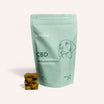

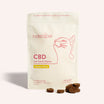
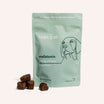
![Probiotics For Dogs [Soft Chews] - HolistaPet](http://www.holistapet.com/cdn/shop/files/Probiotic-Infographic-1_472d7a29-e30c-435a-9638-1365d8c3a9f9.jpg?v=1725384841&width=104)
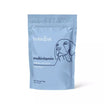


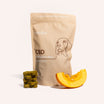
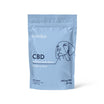
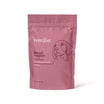
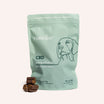
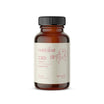
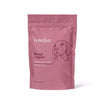
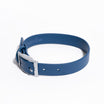
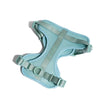
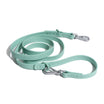

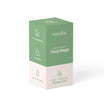
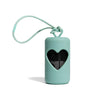
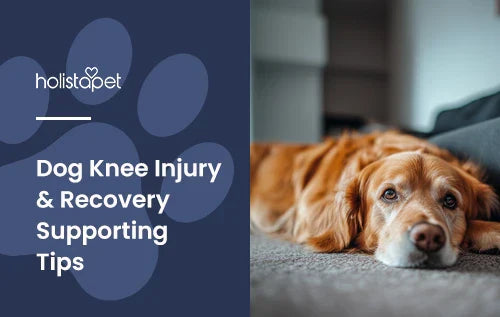


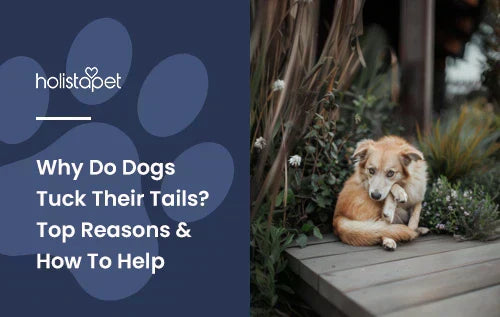
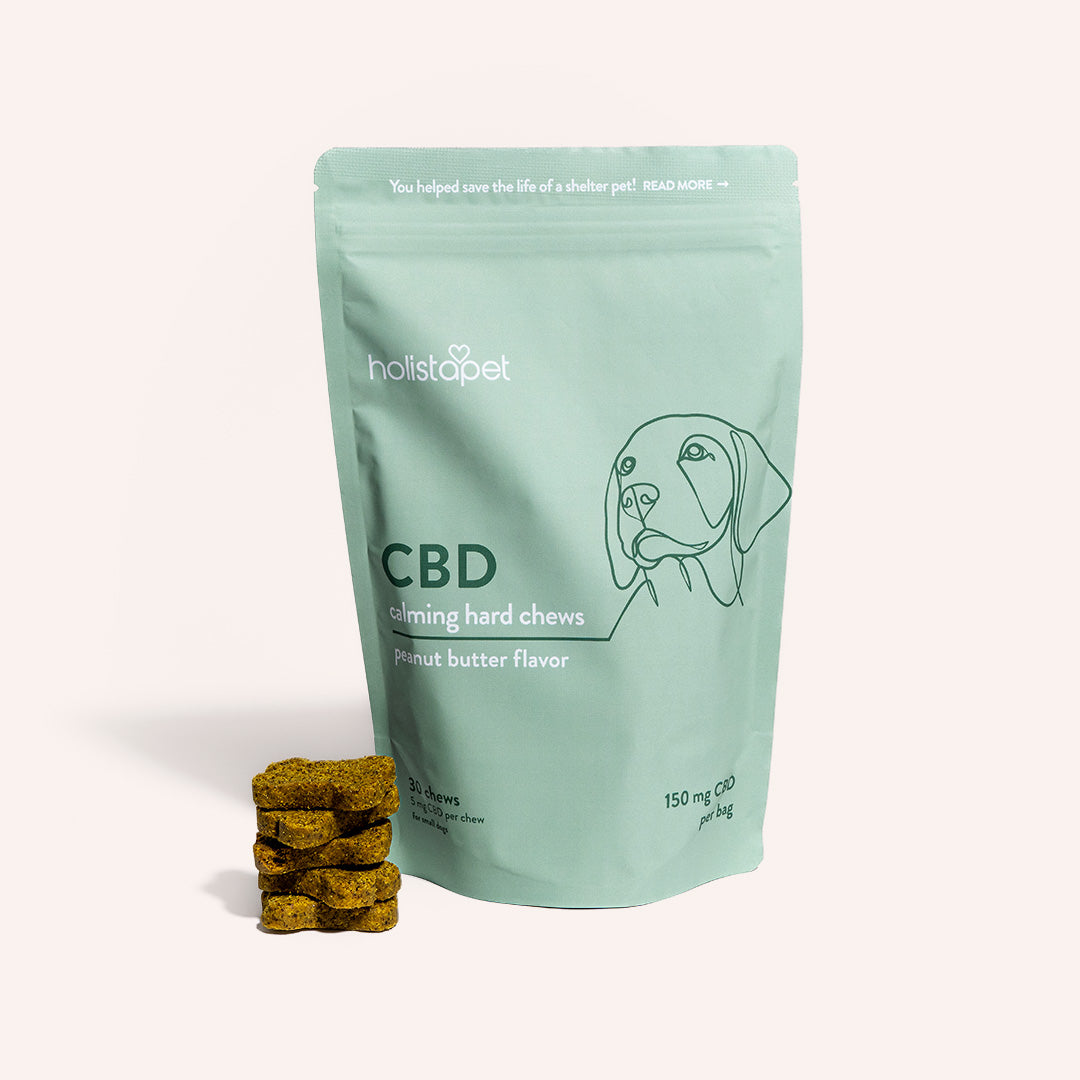
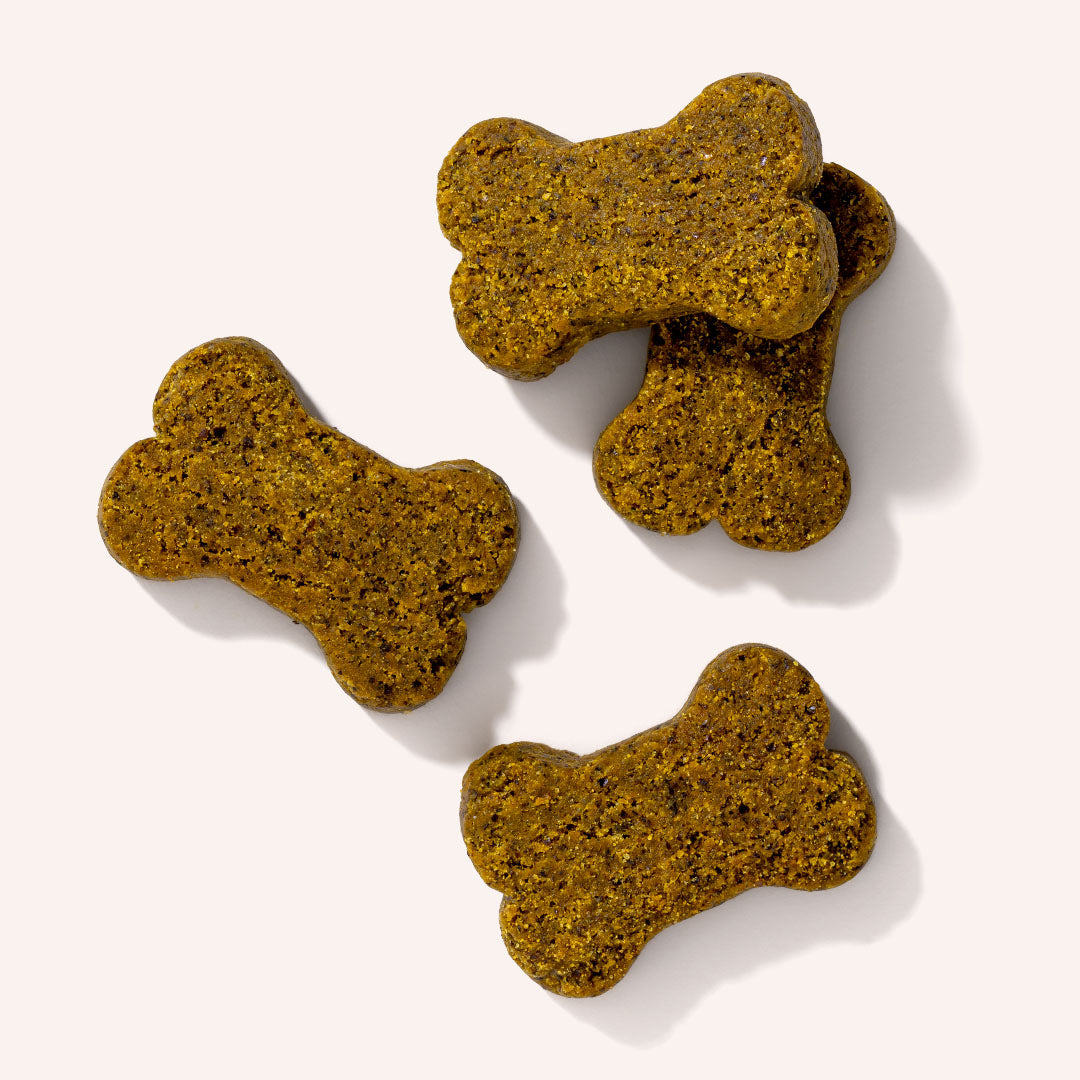
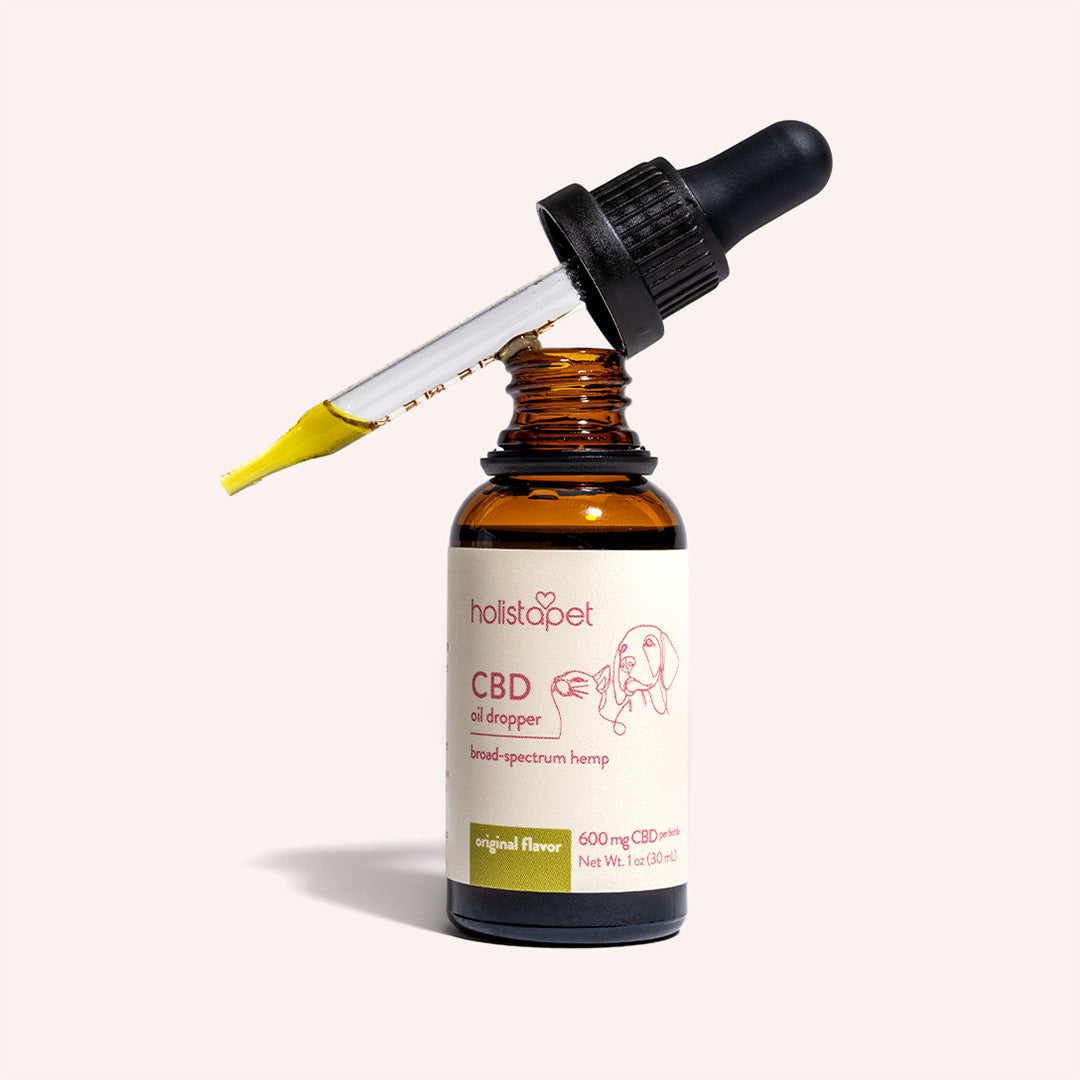
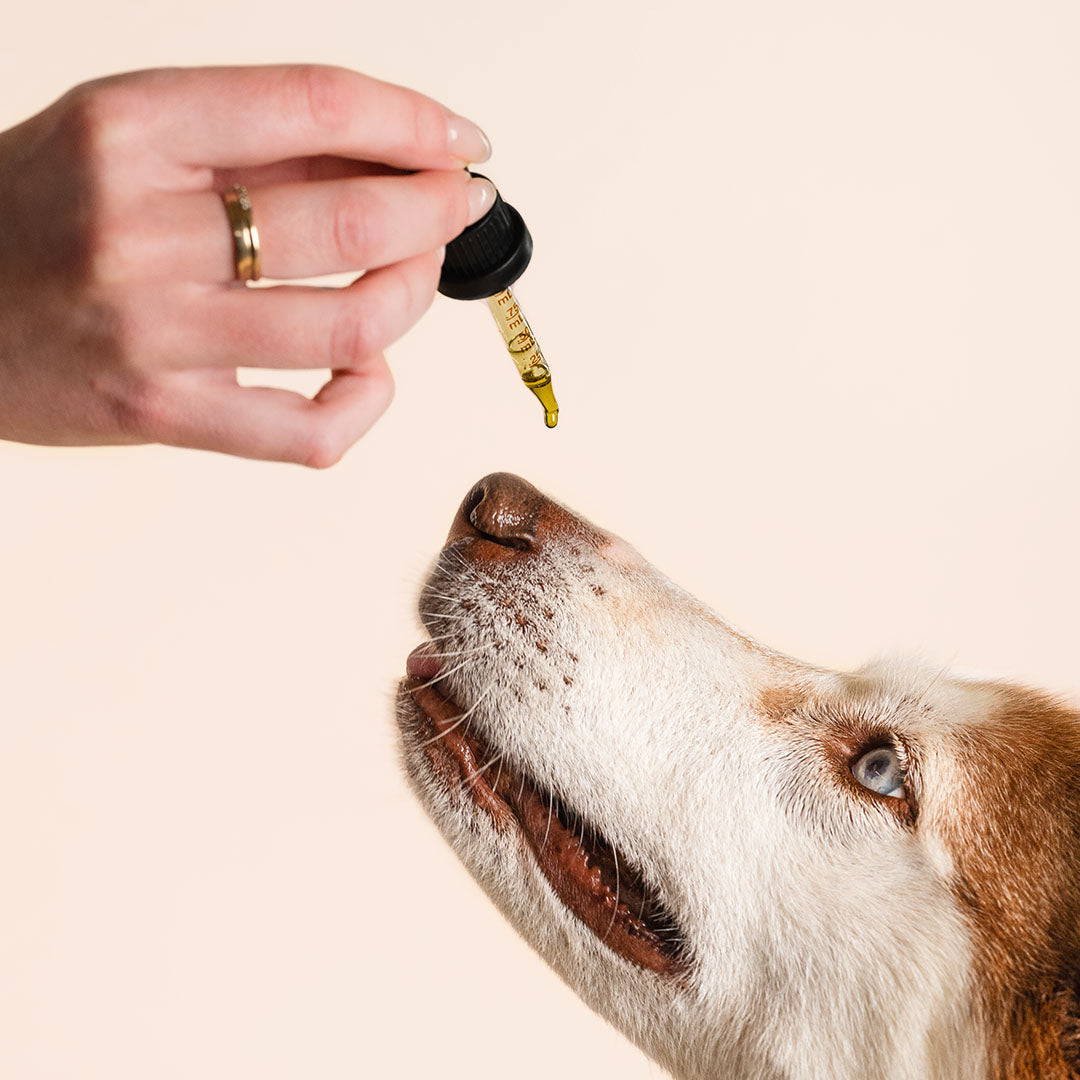
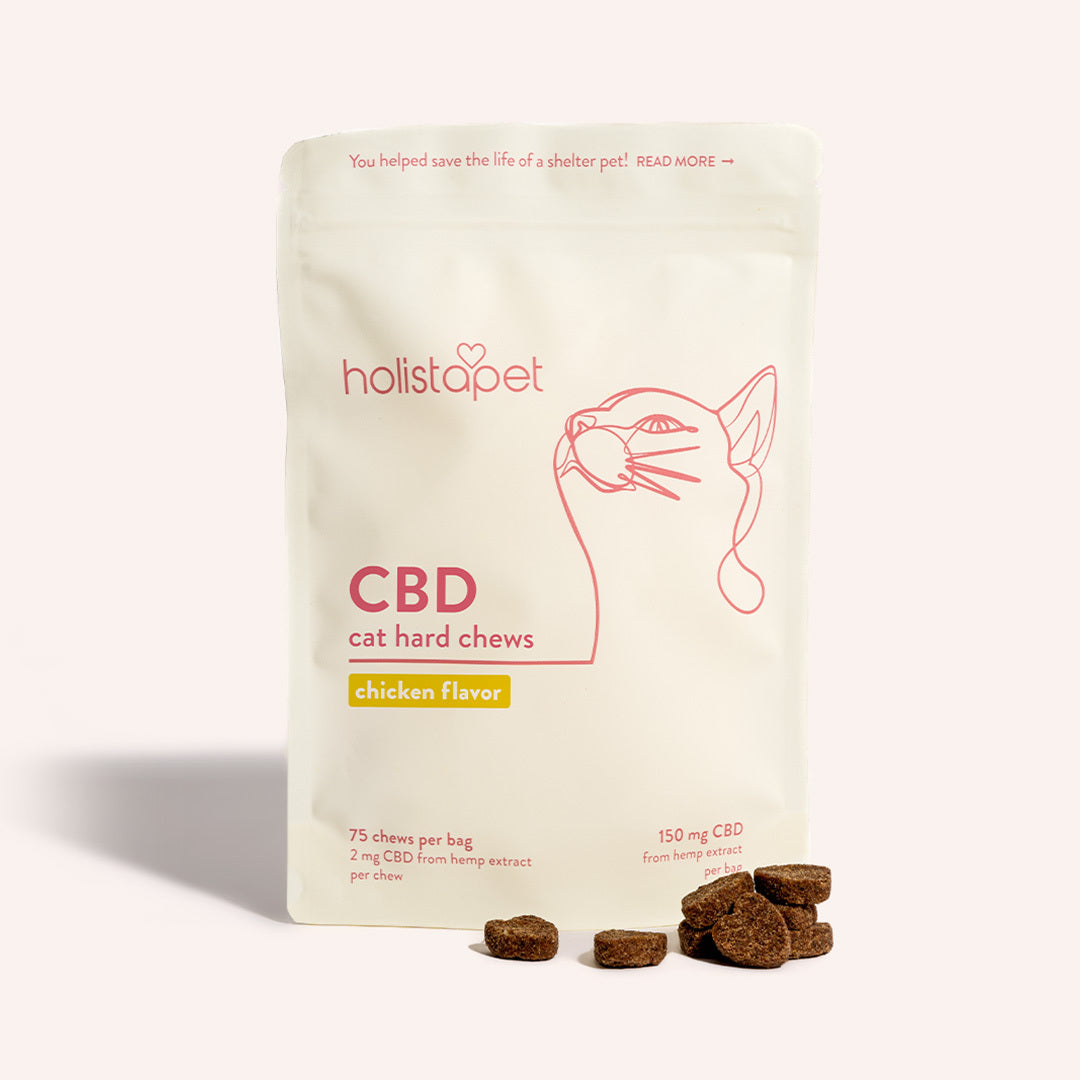

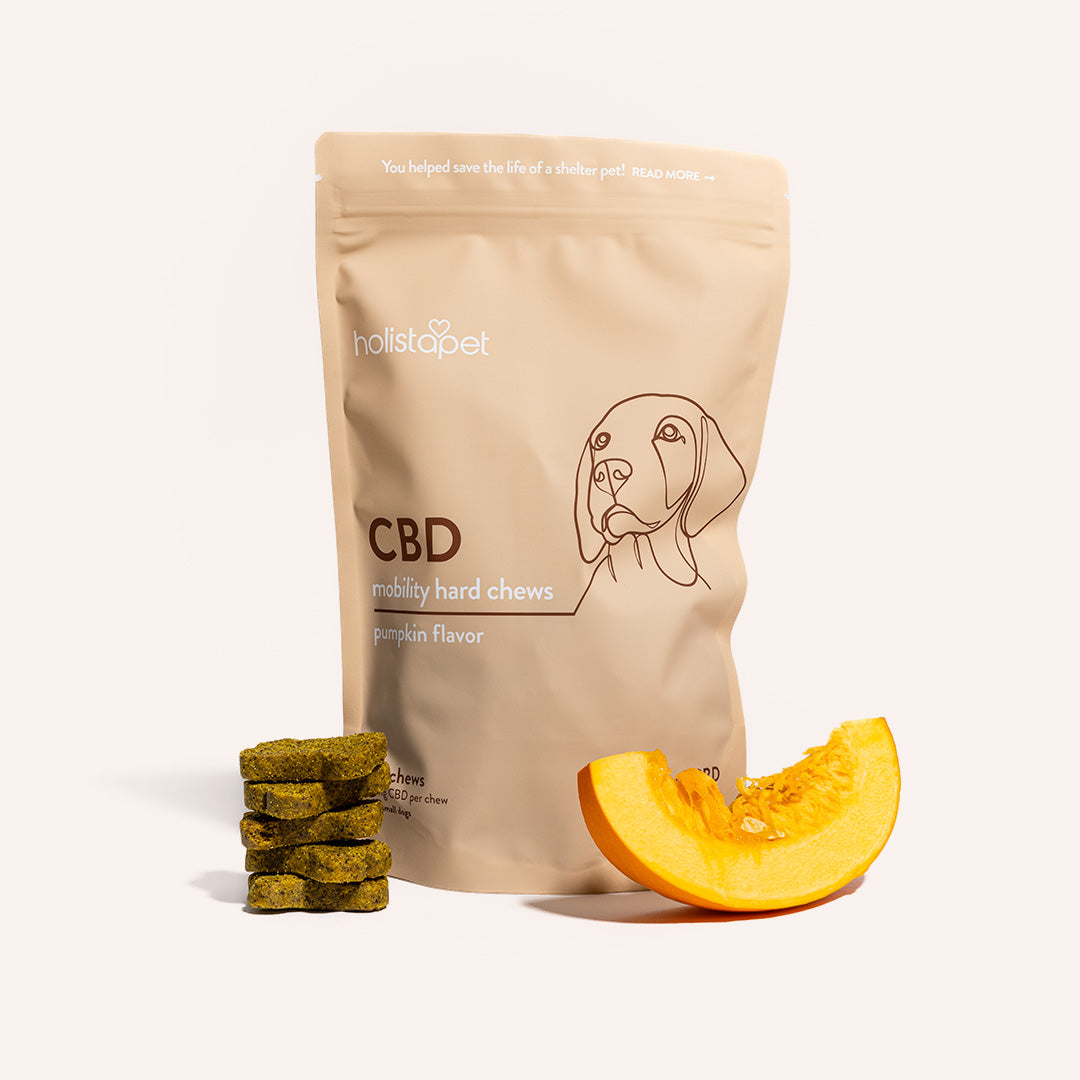
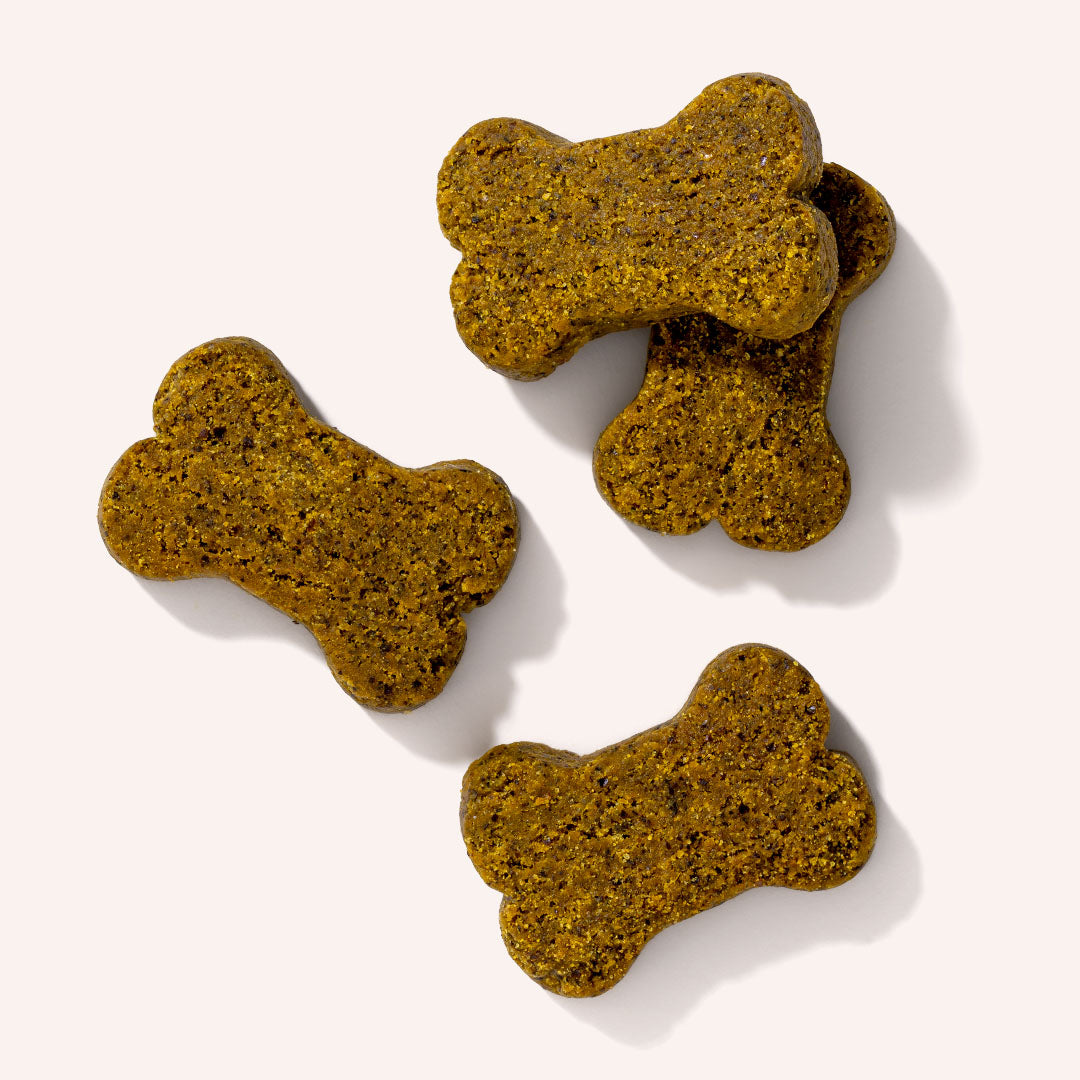

Leave a comment
All comments are moderated before being published.
This site is protected by hCaptcha and the hCaptcha Privacy Policy and Terms of Service apply.